Lens compression is a trick photographers use to make their subjects appear closer to objects in the background, making the background objects look larger. In this post, I will explain everything you need to know about lens compression in photography. First, I will remind you of some photography terms, and then I will provide examples to demonstrate lens compression.
What is Lens Focal Length?
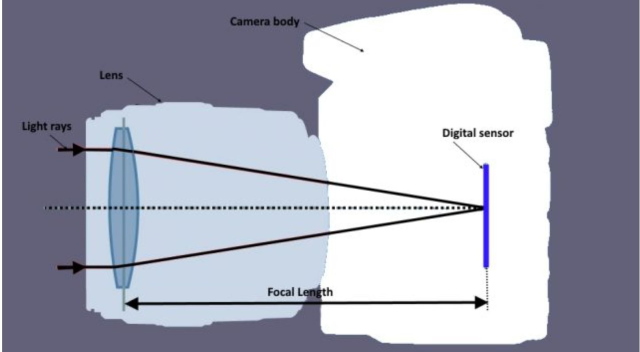
Focal length usually is represented in millimeters (mm), it is a calculation of an optical distance from the point where light rays converge to form a sharp image of an object to the digital sensor at the focal plane in the camera. The focal length of a lens is determined when the lens is focused at infinity. (i.e. when the light rays come approximately horizontal and perpendicular to the lens axis).
Lens focal length tells us two things:
- The angle of view (how much of the scene will be captured)
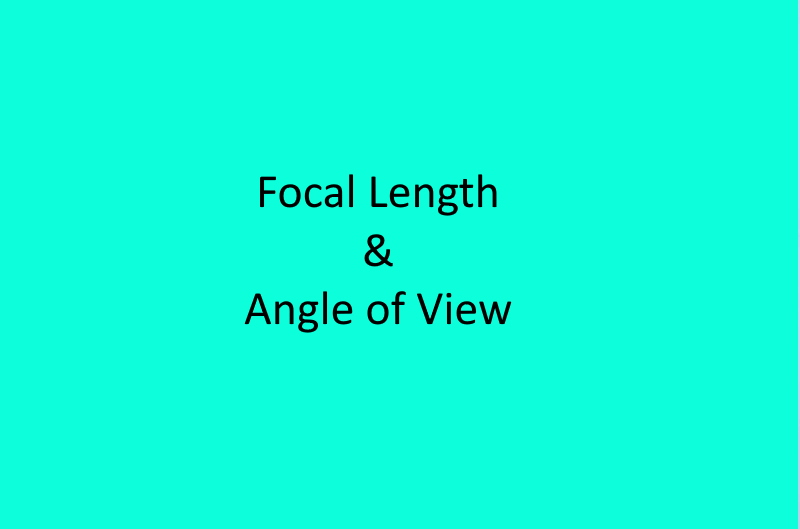
Source: NIKKOR LENS SIMULATOR
The following table list the change of the AOV with different focal lenses.

- The magnification (how large individual elements will be).
A 50mm lens is often considered to have a similar image scale to the human eye. So, 1x magnification is achieved through the use of a 50mm lens. Therefore, a 100mm lens is 2x, a 200mm lens is 4x, etc. To get the optics magnification factor, simply divide the focal length of the lens by 50.
In photography, we refer to the zoom lens as a variable focal length. A focal length is essentially a measure of how much the lens enlarges the image. A telephoto lens has a longer focal length. The bigger the focal length number in mm, the greater the magnification. On compact cameras, this is usually referred to as optical zoom, with a number like 3x optical zoom or 10x optical zoom. Nevertheless, the underlying process is the same, the focal length of the lens increases to increase the optical zoom.
The longer the focal length, the narrower the angle of view and the higher the magnification. The shorter the focal length, the wider the angle of view, and the lower the magnification.
What is lens compression?
Lens compression is what happens when you take a picture with a longer lens (telephoto lens); it apparently compresses the foreground and the background and makes stuff appear closer together than in real life.
How the lens compression happens
So how the lens compression happens. Lens compression happens when you take a picture with a longer focal length lens (telephoto lens), actually, it is not because of the lens or its focal length but it is because we tend to stand farther away from our subjects when we use a long lens. Using a long lens and a larger camera-to-subject distance gives the impression that distant objects are larger than they actually are, so it looks like that the background has pulled in closer to the subject.
On the other hand, the effect is reversed when you use a wide-angle lens. When using a wide lens, we tend to stand much closer to our subjects compared to a telephoto lens. As a result, near objects will look larger than objects in the distance, and the background elements become much smaller and seem farther away.
That is why the telephoto lens compresses or flattens perspective, whereas the wide-angle lens exaggerates or stretches perspective. It is mainly the subject to camera distance.
Let us take an example, the following two photos are taken without any movement of the subject (the woman).
In the first shot, the photographer is standing closer to the subject, and she seems away from the green planets behind her. That one is taken at a focal length of 50mm.

In the second shot, the photographer keeps moving away from the subject until it has the same subject size (in the camera view) as in the first shot, and the shot is taken at a focal length of 100mm.

The following GIF is taken with different focal lengths and varying camera-to-subject distances

Let us explain what happened in the previous example
- We start by taking a shoot with a 50mm lens, which is the most similar lens to the human eye with respect to magnification and perspective.

- We change the lens, and use a 100 mm lens, and keep all the distances the same (camera to subject distance and subject to background distance). The photo on the camera screen will show a clipped frame of a bigger subject and bigger background.

- Now, we step back away from the subject until we have the same subject size in the camera frame. This change in distance to the subject is what actually gives rise to the lens compression. As we step back, the distance from the camera to our subject changes, but the distance from the subject to the background doesn’t. With each step back, our distance from the lens to the subject becomes proportionally larger than the distance from the subject to the background. This creates a sort of “flattening” effect, where not only do the background objects appear larger, but they also appear closer to the subject.

What do you need to achieve lens compression?
A digital camera, and a telephoto lens, that is all you need. The lens should have a focal length longer than 100mm should be fine. Then just keep moving away from your subject until you get your subject almost to fill the frame. The further away you are, and the greater the focal length you use, the more pronounced the lens compression effect, and the closer your subject will seem to the background. If you are using a compact camera, I’d recommend zooming to at least 3x optical zoom as a minimum.
Conclusion
When taking a shot at a distance with a normal lens to capture a subject, a shot with a wide-angle lens or telephoto lens from the same distance will have exactly the same linear perspective geometry.
However, if all three lenses are used from different distances such that the subject fills the camera frame. Shooting with a wide-angle lens (that is normally used from a closer distance), will make the subject look larger compared to the rest of the photo, the scene looks stretched.
Shooting with a telephoto lens (that is normally used from a farther distance), will make the subject look smaller compared to the rest of the photo, and make the distance from the subject to the background look shorter, and the scene looks compressed.
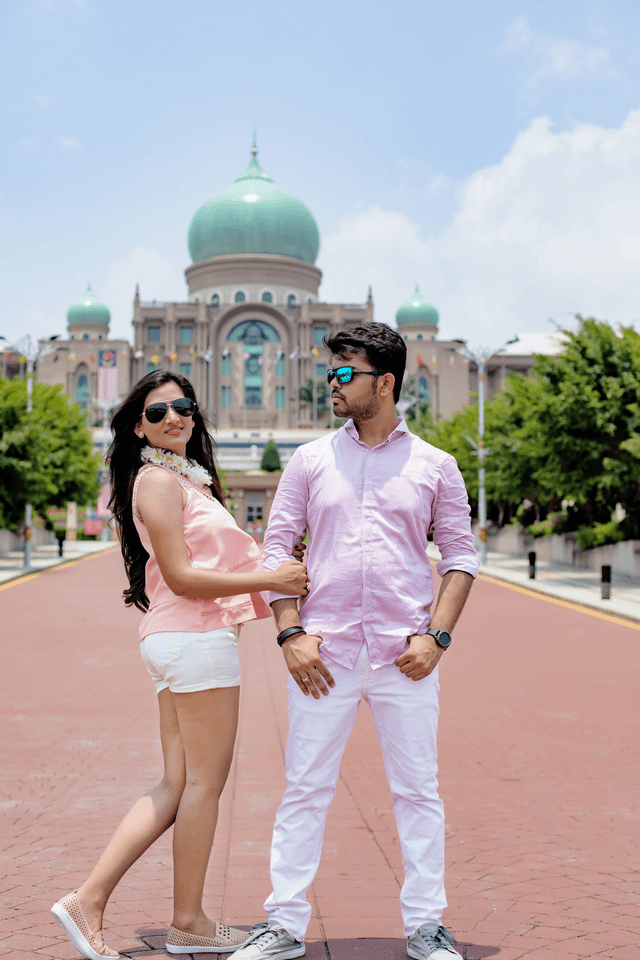
Related posts
Thanks for reading, I hope you enjoyed the article if you have any questions just post them below & I will be happy to answer you.
The featured Image by kirkandmimi from Pixabay
If you enjoy the site, don’t forget to subscribe, we will only inform you when a new article is posted.





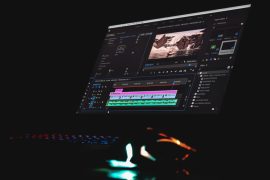
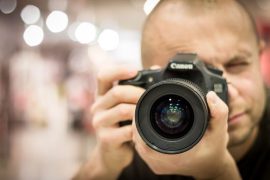

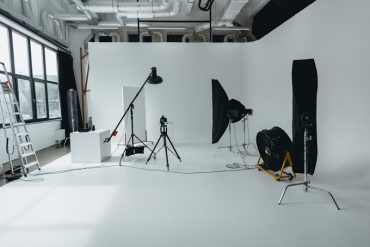
That is an excellent post. I love taking photographs of landscapes and using the various lenses to get different perspectives.
However, I was never aware of the science behind it, or even heard of lens compression. I have therefore found this post very informative and educational. You certainly have shown that you have great expertise in the area.
I never really thought much about taking photographs from different distances before and generally just used lens solely for deciding what I would capture. But thanks to your information I am now going to experiment with various distances away as well.
Thsnk you for sharing this. Keep up the good work.
I’m very glad you find the article useful. have a nice day!
Uuu-uu, this was absolutely brilliant. And I genuinely mean that. I mean, I did not expect so much depth at all from an article on the topic. This far exceeded my expectations. And for that, I’m really grateful.
I really enjoyed the picture comparisons. I mean, those really illustrated well the points you were making. Also, the way I see it, you managed to explain the technical bits in a simple, easy-to-follow manner. Which naturally made the article that much better. And thank you, at least 100 mm for the focal length, got it. 🙂
I really appreciate your comment, thanks!